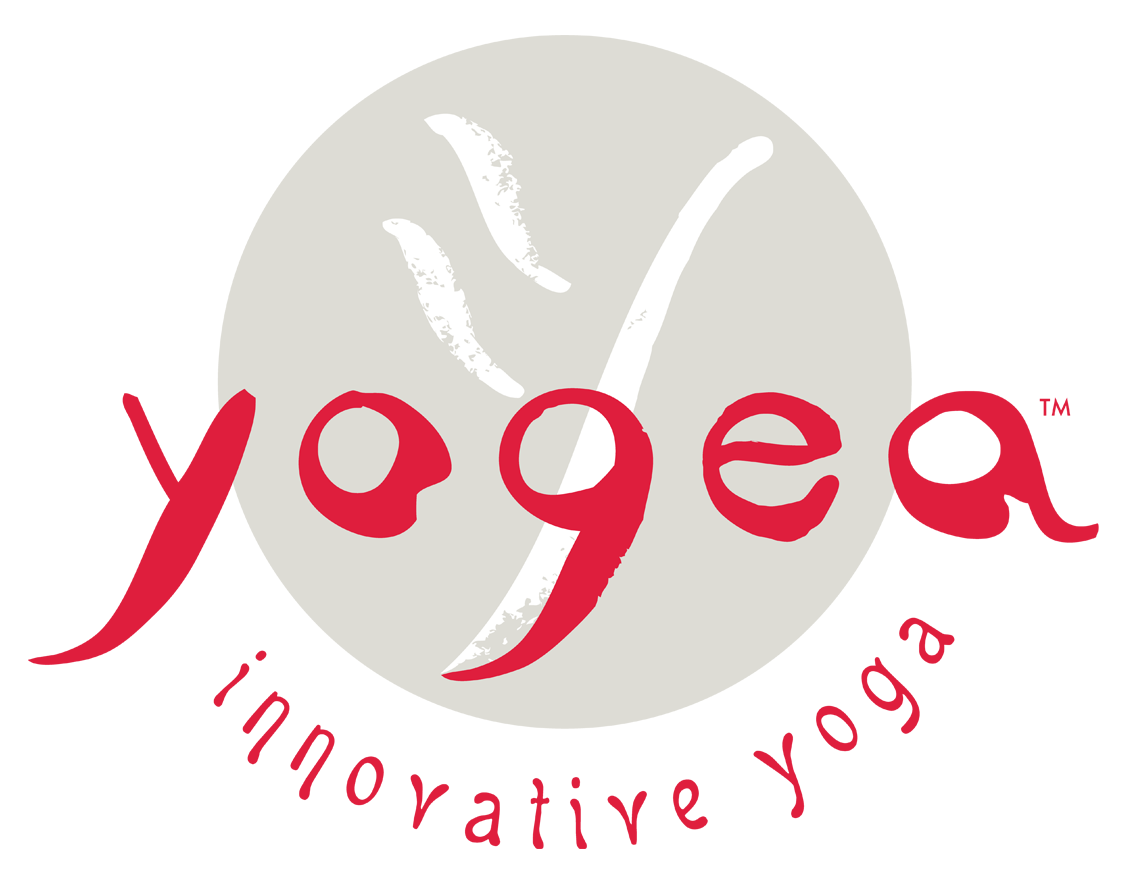Decompress: Eliminate excess
I have been struggling with back pain since High School. As a mover I have a very high pain tolerance, so every time the Sciatica resurfaces, I ignore it; every time my herniated disk signals “stop” I simply carry on; every time my neck gets knotted I rub in some arnica gel and hope it will alleviate the burning. And I am not the only over-achiever out there. There is a huge crowd of “go-go-ers” who are juggling a couple of jobs, running to different locations and racing with time to tick off their exuberant day lists. All the pressure from not being able to meet the increasing demands of society and do everything in time results in depositing high levels of stress in the cells, which in turn causes recurring or chronic back pain. The entire burn-out phenomenon that is a product of our contemporary high-paced age is not a natural state of our being. It is imposed and unnecessary.
Back pain is not always indicative of a spinal problem. A thorough physical or neurologic assessment may reveal the cause of the pain. In most instances, if it is not a particular injury, lower back pain is a psychologically-generated condition which puts excessive pressure on the individual to “strike big”, to “succeed.” In yoga the word “success” is considered a “samskara” – a program of the mind, which generates illusionary goals and obliterates the sense of timing and divine orchestration. “Samskaras” are the accumulated impressions – in scientific terms, the neuronal patterns in our consciousness. I always picture them as mental groves, like the rivulets in sand that let water run in certain patterns. “Samskaras” create our emotional, mental, and physical default settings. The tendency to think “I can’t do this”, when you are faced with a new challenge and the tension lump in your right shoulder when you feel stressed is an imprint. Neurophysiologists mapping neural pathways in the brain report that each time we react in a certain way – getting angry, for instance, or procrastinating yet one more time – we strengthen the power of that pathway. The yogic texts make that same point. The bottom line in each case is that the way we feel, the way we react and the behavior we manifest at any given moment are the result of “samskaras,” or neural connections operating under the surface. Once the “samskaric” pathways have been set, most people just keep on rolling through a hamster wheel, reacting with the same old patterns and feeling every time they find themselves in a situation that seems to mirror whatever the original trigger had been. But the good news is that the brain has the incredible ability to transform itself, it is fluid and malleable prone to hold but also to release negative impressions, to eliminate excess.
As we commit to a daily targeted yoga practice and find the time to meditate, even if for a brief period of time we realize that time is ours to manage and that we can gain more by doing less. Opening space for self-healing and spiritual hygiene we come up with valuable exercises not only to sooth an achy spine, but also to decompress the mind from its perpetual buzz. Coupled with right postural alignment, a wholesome diet and a positive mindset yoga asana is the best way to alleviate and eventually restore optimal spinal health. Ever since I have committed to a daily practice my back pain is manageable, and when it hits, it alerts me to cut “excess” and enjoy the spaciousness of the “less.”
Sincere appreciation to Linda Stasi and Sid Davidoff for offering their amazing beach house to shoot this sequence in a serene and comforting setting.
Yoga for back pain relief “Decompress: Eliminate excess”
This Yogea sequence is especially designed to promote correct postural alignment, tone and elongate the musculature of the entire spinal column. A series of breathing exercise sets the healing mood of the practice and brings the focus to the lengthening of the lower back and the dropping of the tailbone, while radiating from the crown. Unconventional twists and binds are introduced to nurture both the convex and concave curvatures of the spine. Subtle backbends alternate with abdominal toners. Standing postures are modified to accommodate spinal twists and soothing binds that both relax and engage the muscles. Seated squats, semi-inversions and forward bends encourage equal elongation through both sides of the waist and promote flexibility in the thoracic spine. Comforting forward bends and hip openers help wind down as the body absorbs all the healing mental, physical and postural benefits of this spinal relieving routine.

Leave a Reply